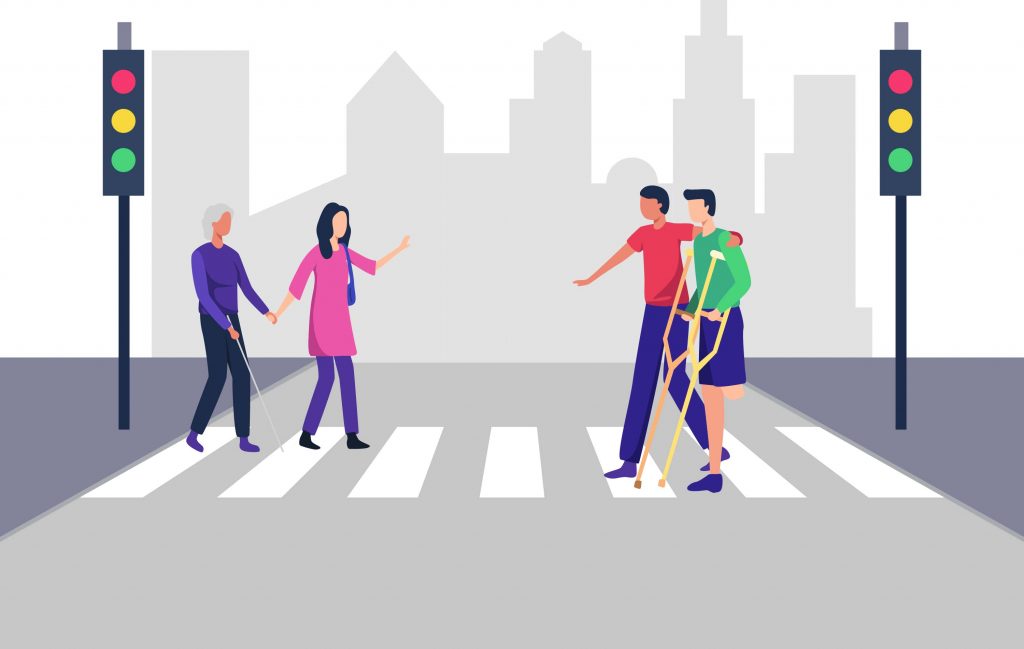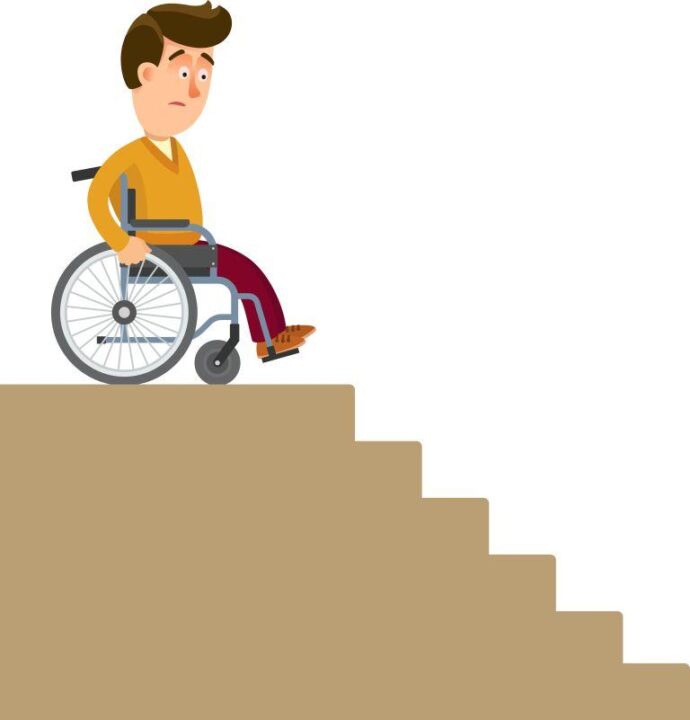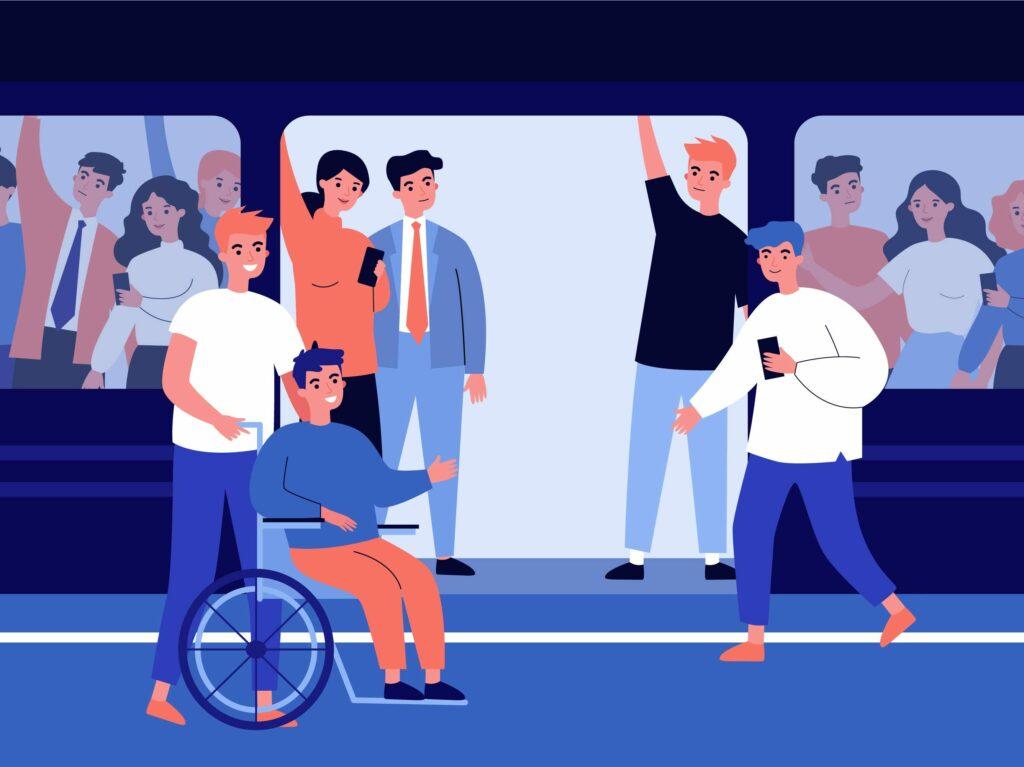Just like us, people with disabilities want to live a normal life without having others judge them. Plus, they are independent and go about their daily lives just like anyone else. However, some situations can be a little challenging for them, especially when they’re in public spaces and in need to use public transport.
One of the many challenges they often encounter in their daily lives is physical barriers. It has become a constant struggle for them from day one, especially for the visually impaired and people with mobility impairment such as wheelchair users. Such people often find transportation as a barrier that affects their lives in many ways. Some of the common obstacles include:
- Slippery floors
- Unable to use the staircase
- Difficulty to wheel themselves around on uneven pavements
- Excessive space between the platform and the vehicle
- Waiting to use the lift that’s packed with able-bodied individuals
There are more to these common obstacles that many face in their everyday lives. In an effort to help disabled people stay safe whenever they’re out of their home, we have compiled three simple ways in which you can consider to help them move about.
#1 Cross the road safely

It isn’t always right to assume that all disabled people need help. Some of them may have learned their ways of living and prefer to do things on their own. However, if you ever feel that a disabled person is struggling in public, approach them with kindness and politely ask if they need any help. If yes, then ask for specific instructions on how you can help them.
For example, they might find it challenging to cross the road. So, you can offer to help them get to the other side of the road safely.
If you’re helping someone to cross the road, here’s what you should do:
- First, ask permission before you touch them.
- Second, hold their hand or their shoulder before attempting to cross.
- Once, the green light to cross the street is on, slowly assist them and do not rush.
- After reaching the other side of the road safely, let them know and ask if they will be okay on their own or if they would need any other help from you.
#2 Help ascend/ descend the stairs safely

Imagine being in front of a descending staircase on a wheelchair and only to find yourself contemplating how to get to the bottom of the stairs. Wouldn’t you wish, someone would show you some courtesy and help you out?
If you do spot someone struggling in such a manner, here’s what you can do to help them out:
- Approach the person and let them know you can offer your help.
- Next, if you’re alone, ask someone closely to help you out.
- Make sure there aren’t any obstacles in the pathway that may disrupt you from helping them or that could cause accidents.
- Get your friend or another person to slowly lift the wheelchair from both sides and make sure you both have a good grip.
- Before you begin to descend or ascend the stairs ensure that the person on the wheelchair has a good grip as you wouldn’t want them to fall down.
- Your movements should be slow, steady and careful to avoid encountering any accidents.
- Once you’ve reached the bottom of the staircase, slowly put the wheelchair down and ask them if they’re okay.
#3 Journey by train

Travelling by trains may be easy, but getting on them can be a real challenge for some. Problems such as inaccessible vehicles make it very difficult for disabled people to get to work, socialise and live independently.
While there aren’t many user-friendly transportation readily available for such people, there are some things we can do to help them move about.
Do this, when you see a wheelchair user struggling to get on the train.
- Approach them at the side and ask them if they require your help.
- Next, ask them to grip the handle of their chair properly to avoid falling down.
- Then, get behind the wheelchair, use the handles to lift the front wheels off the ground and move forward using the back wheels.
- Once the front wheels are in the train, do the same for the back wheels. Lift the back wheels and use the front wheels to move into the train.
- In the train, guide them towards the empty spot that is often reserved for the handicaps.
- Ask them if they need help to strap on the belt for them. If yes, then follow their instructions instead of doing it by yourself without their permission.
Compassion and kindness is all you need
It doesn’t take any special skills to interact with differently abled people. All you will need to do is to show a little bit of kindness and compassion. So, if you ever find someone struggling in public, use these tips and help them make their day feel better. Also, do take note that you’re interacting with a person, not their disability. Never forget to show them the respect that they deserve.
Sources: Stechford Mobility, Active Mobility, Research Gate












